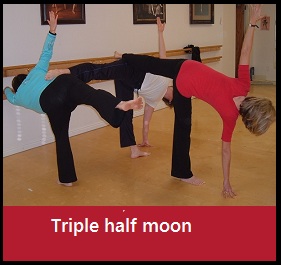The principles of the yamas and niyamas are universal in nature. We have many fables and stories in the west that teach and illustrate the same thing.
Swami Satchidananda’s said that “If we are completely free from stealing and greed, contented with what we have, and if we keep serene minds, all wealth comes to us. If we do not run after it, before long it runs after us. If nature knows we aren’t greedy, she gains confidence in us, knowing we will never hold her for ourselves.”

One of the most famous fables teaching about Asteya is the Goose that laid the golden egg. A farmer and wife owned a goose that laid a golden egg every day. Greed overcame their gratitude and good sense and they killed the goose intending to get lots of gold all at once. They didn’t find any gold and also lost even the bounty that was delivered each day. They stole from the goose what was not freely given.
Even for those people who are raised from infancy to be honest and not steal or cheat, greed is still a part of the inner landscape. It takes awareness and meditation upon that inner landscape to see all the places where the greed manifests in our actions.
Here are some questions to ask ourselves as we evaluate how we practice asteya:
Do I waste other people’s time?
Do I talk over people, not allowing them to express themselves fully.
Do I quickly do a task for my child because they are taking too much time and steal their opportunity for learning and growth?
Do I hide my identity from others when it benefits me, but promote my identity when it is to my advantage?
Do I make people wait for me or am I chronically late?
Do I give credit to people when they come up with an idea or invention?
Do I take more food in the buffet line than I can eat?
Do I give my career or job my full attention while I am there?
There are more questions, but if you felt the sting of one of these questions, then that is the place where you can practice asteya with more intention and awareness. Practicing asteya brings us back to the foundation yama of ahimsa. The way to be compassionate and practice non-harming in the world is to only take what is freely offered.




